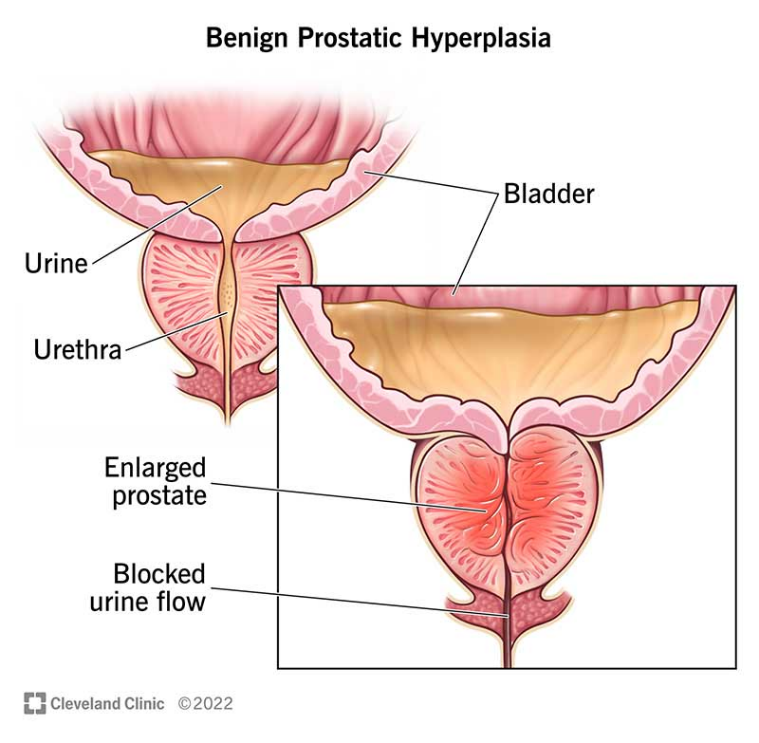A nurse is reviewing the medical record of a male client who has chlamydia. Which of the following factors contribute to the client's risk of chlamydia? (Select all that apply.)
The client is Black.
The client has several sexual partners.
The client is male.
The client has sex with men.
The client is 37 years old.
Correct Answer : B,C,D
Choice A reason:
The statement "The client is Black" does not contribute to the risk of chlamydia based on race alone. Chlamydia infection rates are influenced by a variety of factors, including access to healthcare and socioeconomic status, rather than race itself.
Choice B reason:
Having multiple sexual partners significantly increases the risk of contracting sexually transmitted infections (STIs) like chlamydia because it raises the likelihood of exposure to an infected partner.
Choice C reason:
While being male is not a risk factor in itself, men who have sex with men (MSM) are at a higher risk for STIs like chlamydia due to biological and behavioral factors that facilitate transmission.
Choice D reason:
Engaging in sexual activities with men is a known risk factor for chlamydia among MSM due to the higher prevalence of this STI within this group.
Choice E reason:
The age of 37 does not specifically contribute to the risk of chlamydia. However, chlamydia is more commonly diagnosed in younger individuals, typically those under 25 years old, due to higher rates of new and multiple sexual partnerships.
Nursing Test Bank
Naxlex Comprehensive Predictor Exams
Related Questions
Correct Answer is A
Explanation
Choice A reason:
Alendronate is a bisphosphonate, which is commonly prescribed for Paget's disease of the bone. Bisphosphonates help regulate bone growth and can be a lifelong medication for managing this condition. They work by inhibiting osteoclasts, the cells that break down bone tissue, which helps to normalize the bone remodeling process.
Choice B reason:
Colchicine is used to treat gout and not typically used for Paget's disease. It works by reducing the inflammation caused by uric acid crystals but does not affect the bone remodeling process that is characteristic of Paget's disease.
Choice C reason:
Allopurinol is also used to treat gout by decreasing uric acid production in the body. Like colchicine, it is not used to treat Paget's disease because it does not address the abnormal bone metabolism associated with the condition.
Choice D reason:
Prednisone is a corticosteroid used to reduce inflammation in various conditions. While it may be used in some cases to manage pain and inflammation associated with Paget's disease, it is not a primary treatment for the disease itself and does not regulate bone growth like bisphosphonates do.
Correct Answer is C
Explanation
Choice A reason:
Danazol is a synthetic steroid that is typically used to treat endometriosis and fibrocystic breast disease. It is not indicated for the treatment of benign prostatic hyperplasia (BPH) and could potentially worsen symptoms due to its androgenic effects.
Choice B reason:
Methyltestosterone is an anabolic steroid with androgenic properties, similar to the male hormone testosterone. It is used to treat men with testosterone deficiency. However, it is not used for BPH treatment and, like danazol, could exacerbate BPH symptoms due to its androgenic activity.
Choice C reason:
Finasteride is a 5-alpha reductase inhibitor that is commonly prescribed for the treatment of BPH. It works by inhibiting the conversion of testosterone to dihydrotestosterone (DHT), a hormone that contributes to prostate growth. By reducing DHT levels, finasteride can help shrink the prostate and alleviate urinary symptoms associated with BPH.
Choice D reason:
Fluoxymesterone is another anabolic steroid with testosterone-like effects. It is used to treat conditions associated with a deficiency or absence of endogenous testosterone. It is not suitable for BPH treatment and could potentially worsen the condition due to its androgenic properties.

Whether you are a student looking to ace your exams or a practicing nurse seeking to enhance your expertise , our nursing education contents will empower you with the confidence and competence to make a difference in the lives of patients and become a respected leader in the healthcare field.
Visit Naxlex, invest in your future and unlock endless possibilities with our unparalleled nursing education contents today
Report Wrong Answer on the Current Question
Do you disagree with the answer? If yes, what is your expected answer? Explain.
Kindly be descriptive with the issue you are facing.
